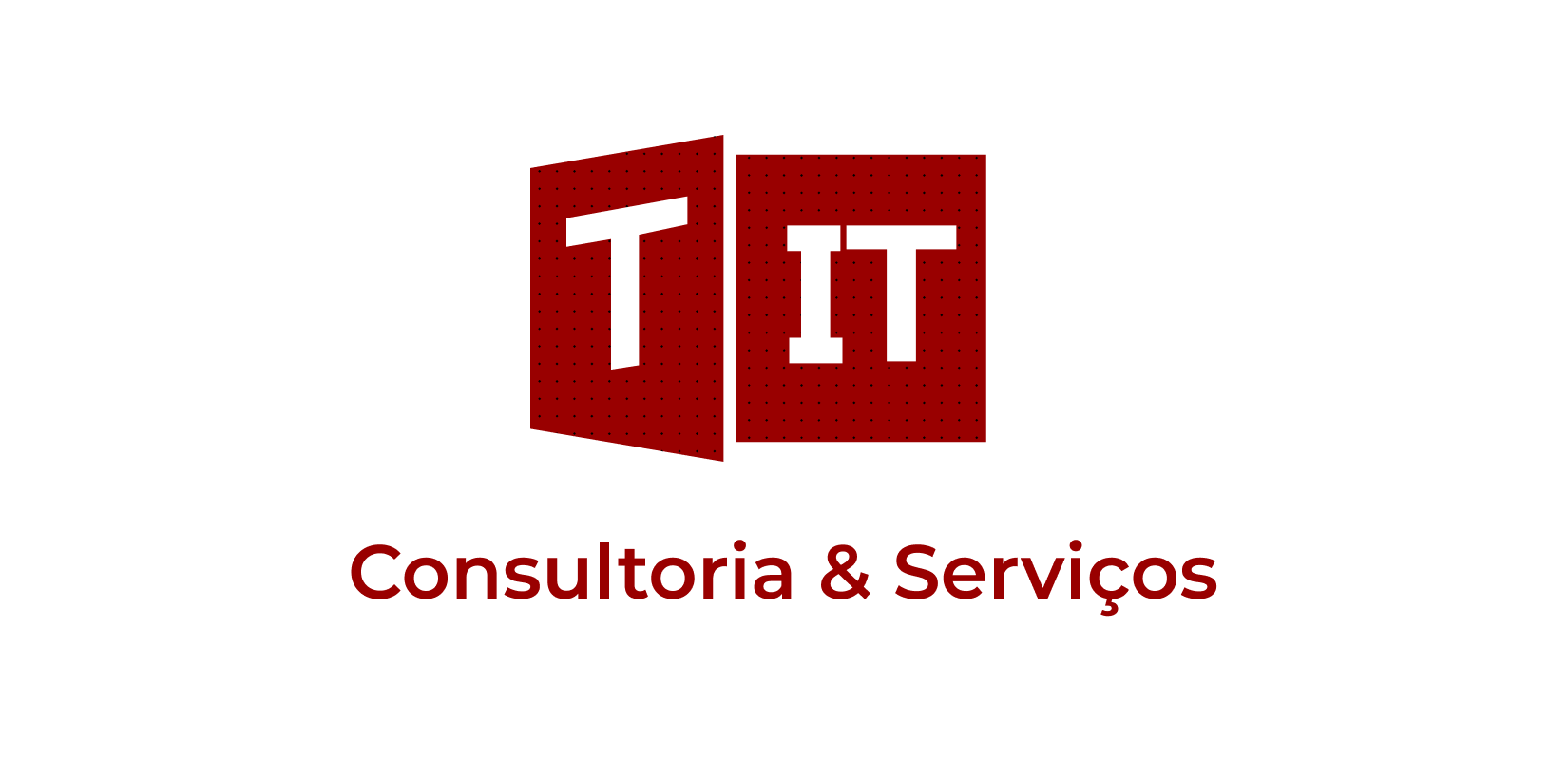In today’s fast-paced business environment, a company’s success hinges on the performance of its employees. The productivity of each individual, from the mailroom to the boardroom, plays a vital role in determining a company’s growth trajectory. Thus, the emphasis on employee productivity improvement has never been more paramount. Alongside improvement strategies, establishing effective employee productivity measures is essential to gauge success.
Understanding Employee Productivity
Before diving into the strategies to improve and measure productivity, it’s crucial to understand what we mean by “employee productivity.” In essence, it refers to the output of an employee relative to the input. Productive employees are adept at utilizing their time, resources, and skills to produce the desired results in the most efficient way possible.
The Importance of Employee Productivity Improvement
Improving employee productivity is not merely about increasing output. It’s about enhancing the quality of work, fostering a positive work environment, reducing unnecessary costs, and ensuring long-term success. Focusing on employee productivity improvement can lead to:
- Higher Profits: A more productive workforce can accomplish more tasks in less time, resulting in increased profit margins.
- Better Work Quality: Productivity goes hand in hand with work quality. A more efficient process often yields superior results.
- Enhanced Employee Satisfaction: Employees who are empowered with the tools and knowledge to be productive often report higher job satisfaction.
Essential Employee Productivity Measures
To genuinely understand and enhance productivity, organizations must employ effective productivity measures. Here are some of the most pertinent ones:
- Task Completion Rate: This is a simple measure where you track the number of tasks or projects completed over a specific period.
- Sales per Employee: For sales teams or retail businesses, calculating the sales per employee can provide a clear picture of productivity.
- Revenue per Employee: By dividing the total revenue by the number of employees, organizations can get an average figure that denotes the revenue each employee brings in.
- Customer Feedback: While this isn’t a quantitative measure, customer feedback can provide insights into the quality and efficiency of an employee’s work.

Strategies for Employee Productivity Improvement
Knowing the importance and having the means to measure productivity is just half the battle. The next step is implementing strategies to enhance productivity.
- Set Clear Objectives: Every employee should have a clear understanding of their roles and responsibilities. By setting transparent objectives, employees can prioritize their tasks better.
- Provide the Right Tools: Whether it’s the latest software or effective training programs, equip your employees with the tools they need to succeed.
- Foster a Positive Work Environment: A motivated employee is often a productive one. Create an environment that fosters collaboration, creativity, and well-being.
- Encourage Continuous Learning: The business world is continuously evolving. Regular training sessions or workshops can keep employees up-to-date with the latest trends and techniques.
- Recognize and Reward: Recognizing and rewarding employees for their hard work and achievements can boost morale and, in turn, productivity.
Monitoring with Employee Productivity Measures
Once strategies are in place, regularly utilizing employee productivity measures is essential. Consistent monitoring allows organizations to:
- Identify Areas of Improvement: Regularly measuring and analyzing productivity can highlight areas that need attention or adjustment.
- Track the Effectiveness of Initiatives: If you’ve implemented a new tool or training program, productivity measures can help gauge its effectiveness.
- Set Benchmarks: Over time, companies can set benchmarks for productivity, helping them set future targets and goals.
In conclusion, employee productivity lies at the heart of a company’s success. Prioritizing employee productivity improvement and effectively utilizing employee productivity measures are not mere managerial buzzwords—they are critical components of sustainable business success. As competition in the business world intensifies, organizations that master these two elements will undoubtedly stand out from the crowd.

Read more about:
- Real-Time Collaboration Platform: a must for increasing productivity > Here
- Productivity in Office 365: Empowering Tips for Optimizing Search > Here
- Sharepoint vs Teams: How to Gain Higher Productivity > Here













 Follow @cardiolog
Follow @cardiolog 